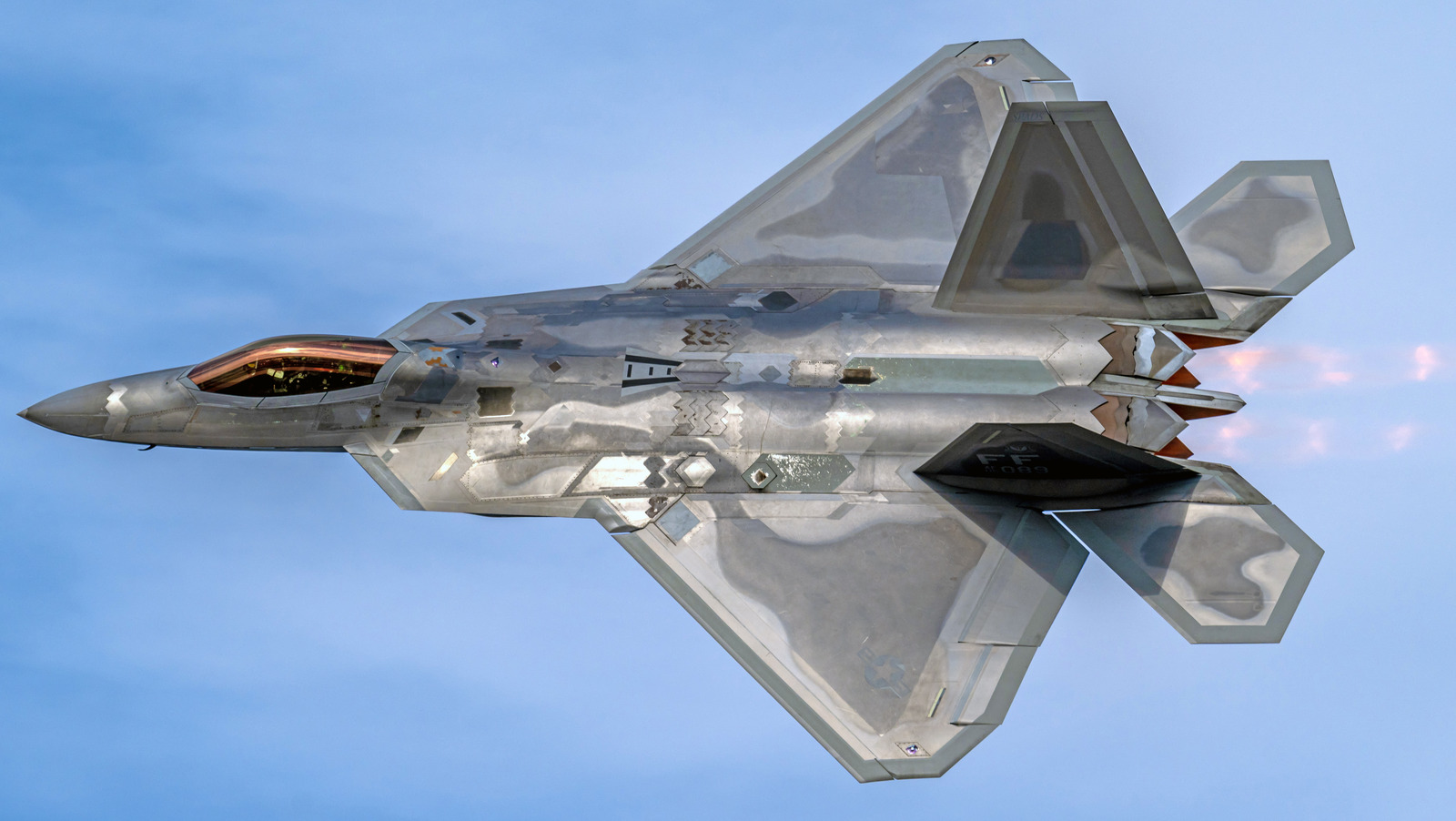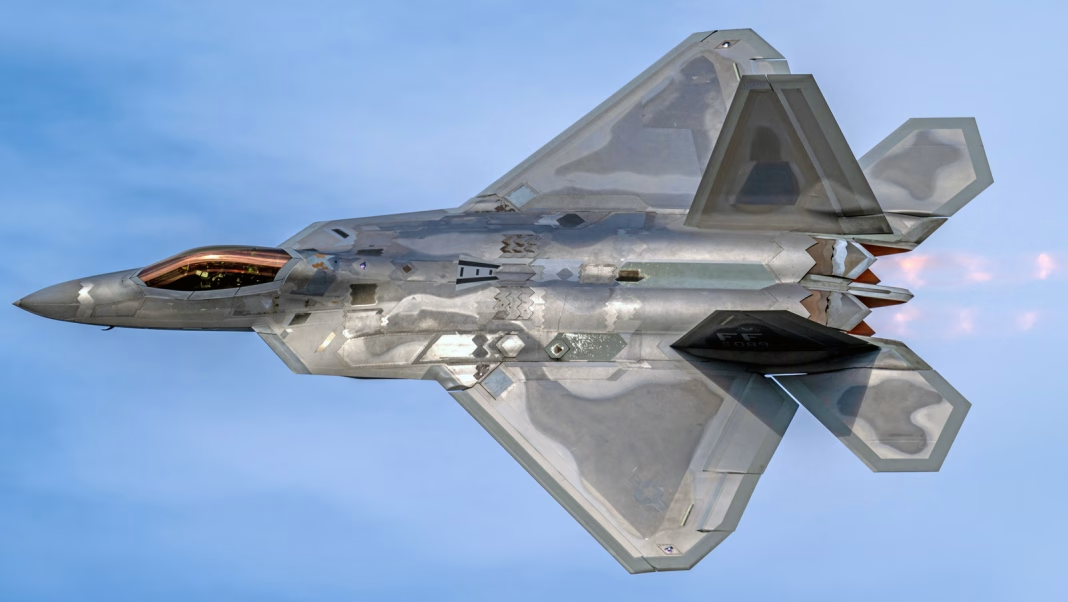The F-22 Raptor stands as a testament to cutting-edge aviation technology. With its unmatched speed, agility, and stealth capabilities, it was hailed as a marvel of engineering. So, it might leave you scratching your head: why did the Air Force decide to halt its production? Let’s dive into the complexities behind this decision.
What Made the F-22 Raptor So Special?
First, let’s appreciate what the F-22 brought to the table. Designed primarily as an air superiority fighter, it combined advanced avionics, supercruise capability (the ability to fly at supersonic speeds without afterburners), and a stealth profile that made it nearly invisible to radar. The Raptor could engage multiple targets simultaneously, thanks to its sophisticated sensor fusion technology, which integrated data from various sources to give pilots a comprehensive battlefield picture.
In essence, the F-22 was not just a fighter jet; it was a game-changer. Its capabilities were so advanced that many believed it would dominate the skies for decades. But despite its impressive features, the production came to an abrupt end.
What Led to the Cancellation of the F-22 Production?
The decision to cancel the F-22 production in 2009 was influenced by a mix of strategic, financial, and political factors. Initially, the Air Force planned to acquire 750 Raptors, but that number was slashed to just 187 operational aircraft.
One of the primary reasons for this reduction was the shifting focus of military strategy. The post-9/11 era saw the U.S. military increasingly engaged in counterinsurgency operations rather than traditional air-to-air combat. The need for a fleet of advanced air superiority fighters diminished as the military prioritized ground operations and counterterrorism efforts.
Budget constraints played a significant role as well. The F-22 program was notoriously expensive, with each aircraft costing around $150 million. In a time when defense budgets were tightening, the government had to make tough decisions about where to allocate resources. The funds that could have gone to the F-22 were redirected to other programs that aligned more closely with current military needs.
Political factors also came into play. The F-22 faced criticism from various lawmakers and defense analysts who questioned its necessity. With the rise of other military technologies and platforms, some argued that investing in the F-22 was not the best use of taxpayer dollars.
What Are the Implications of This Decision?
The cancellation of the F-22 production had significant implications for the U.S. military and the aerospace industry. While the F-22 remains a formidable aircraft, the decision to limit its numbers meant that the U.S. would have to rely on other platforms, like the F-35 Lightning II, which was designed to be a multi-role stealth fighter.
The F-35 program, while promising, has faced its own set of challenges, including cost overruns and technical issues. This shift in focus raised questions about whether the U.S. would maintain its air superiority in the face of emerging threats from countries like China and Russia, which have been developing their own advanced fighter jets.
Looking Ahead: The Future of Air Superiority
So, what does the future hold for air superiority? The F-22 may have been a pinnacle of fighter jet design, but the landscape of aerial warfare is constantly evolving. The U.S. military is now exploring new technologies, including unmanned aerial vehicles (UAVs) and advanced drone systems, which could redefine how air combat is conducted.
Moreover, lessons learned from the F-22 program are likely to inform the development of future aircraft. The emphasis on stealth, speed, and advanced avionics will continue, but with a greater focus on cost-effectiveness and adaptability to various combat scenarios.
The big takeaway? The F-22 Raptor isn’t just a story of a canceled program; it’s a reflection of how military needs evolve and adapt. It’s about making smarter adjustments to meet the challenges of tomorrow. Start by keeping an eye on emerging technologies in aviation, and you’ll likely spot the next big leap in air combat capabilities.


